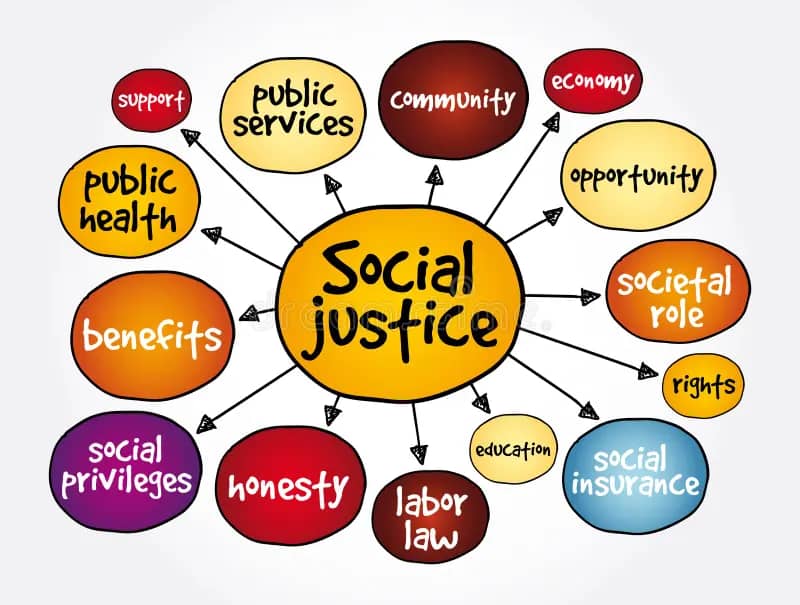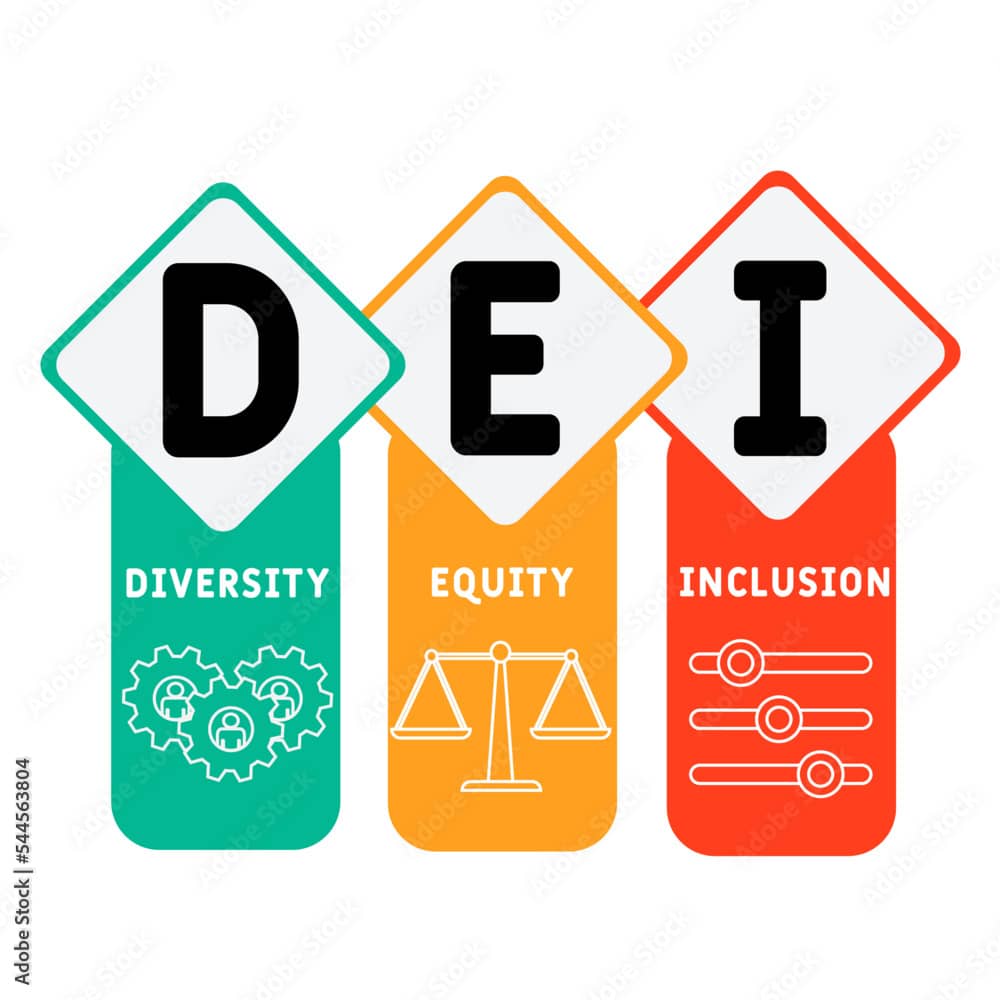Principle One: Life and Dignity of the Human Person
Last week, I introduced the seven Catholic principles of social justice, rooted in the rich tradition of Catholic Social Teaching (CST). As I have noted in previous blogs, these principles align meaningfully with the goals of Diversity, Equity, and Inclusion (DEI). Both CST and DEI emphasize the inherent dignity of every person, the importance of equitable participation in society, and the shared commitment to fostering environments where all individuals are respected and valued.
 The Catholic bishops of the United States, in their teaching on the principle of “Life and Dignity of the Human Person,” affirm that “human life is sacred and that the dignity of the human person is the foundation of a moral vision for society.” This recognition of the sanctity and dignity of human life underpins all the other Catholic principles of social justice. Indeed, CST teaches that the value of human life is compromised whenever some lives are valued more than others, or some are granted greater dignity at the expense of others.
The Catholic bishops of the United States, in their teaching on the principle of “Life and Dignity of the Human Person,” affirm that “human life is sacred and that the dignity of the human person is the foundation of a moral vision for society.” This recognition of the sanctity and dignity of human life underpins all the other Catholic principles of social justice. Indeed, CST teaches that the value of human life is compromised whenever some lives are valued more than others, or some are granted greater dignity at the expense of others.
One passage from the Old Testament stands out above the rest when speaking about the value of human life and the equal dignity of all persons. As translated in the New American Bible Revised Edition, “God created mankind in His own image, in the image of God He created them; male and female He created them.” (Genesis 1:27)

What the passage conveys is profound: human beings are created in the image of God. Because God’s dignity is infinite and beyond all measure, to be created in God’s image is to share in a dignity that is likewise immeasurable. As Thomas Aquinas and other medieval theologians taught, human beings participate in the very being of God, who is the source of all existence. Without God, neither humanity nor the universe itself could exist.
Further, while we are undeniably material beings—formed from the clay of the earth—it is the breath of God, imparted to the human creature, that unites us intimately with the divine. In this way, what belongs to the material world becomes a vessel for what is of God. Our rational and spiritual nature, bonded with our material existence, reflects this extraordinary unity: in human beings, what is of this world is united with what is of God.
This theological understanding enriches our appreciation of CST and deepens our commitment to the principles of DEI. When we recognize the sacred dignity bestowed upon every human being, we are compelled to build communities, on our campus and beyond, where that dignity is honored, protected, and celebrated.

If you would like to comment or ask a question, I can be reached at dtheroux@smcvt.edu. Let’s talk.





